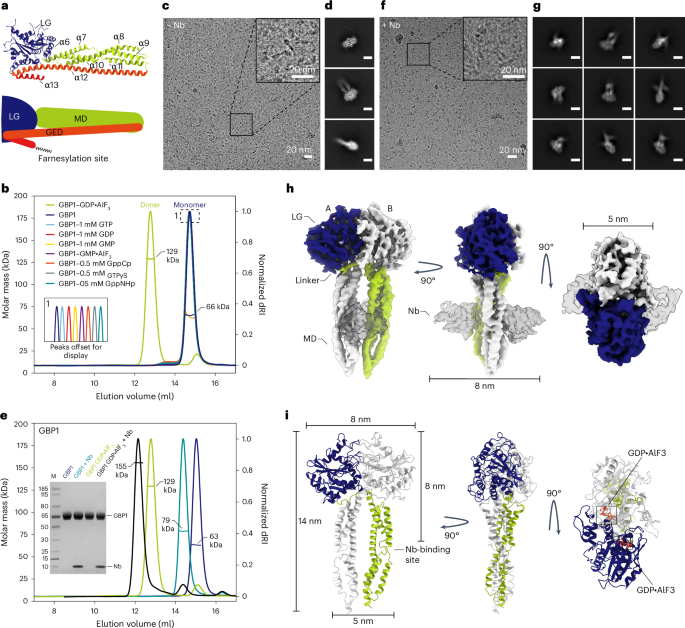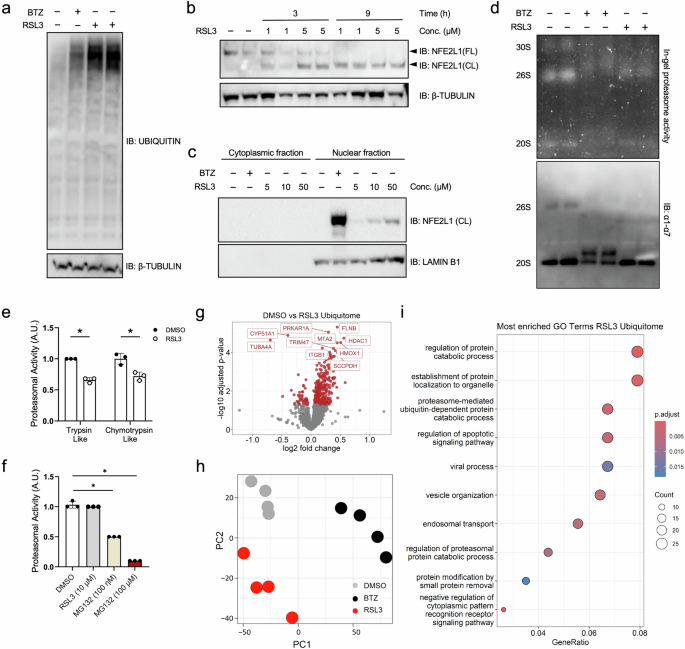202410-11 ミュンヘン大学(LMU)
<関連情報>
- https://www.lmu.de/en/newsroom/news-overview/news/origin-of-life-a-new-scenario-for-replication.html
- https://elifesciences.org/reviewed-preprints/100152v1
プレバイオティクスのガスフロー環境が等温核酸複製を可能にする Prebiotic gas flow environment enables isothermal nucleic acid replication
Philipp Schwintek,Emre Eren,Christof Mast,Dieter Braun
eLife Published:October 1, 2024
DOI:https://doi.org/10.7554/eLife.100152.1

Abstract
Nucleic acid replication is a central process at the origin of life. On early Earth, replication is challenged by the dilution of molecular building blocks and the difficulty of separating daughter from parent strands, a necessity for exponential replication. While thermal gradient systems have been shown to address these problems, elevated temperatures lead to degradation. Also, compared to constant temperature environments, such systems are rare. The isothermal system studied here models an abundant geological environment of the prebiotic Earth, in which water is continuously evaporated at the point of contact with the gas flows, inducing up-concentration and circular flow patterns at the gas-water interface through momentum transfer. We show experimentally that this setting drives a 30-fold accumulation of nucleic acids and their periodic separation by a 3-fold reduction in salt and product concentration. Fluid dynamic simulations agree with observations from tracking fluorescent beads. In this isothermal system, we were able to drive exponential DNA replication with Taq polymerase. The results provide a model for a ubiquitous non-equilibrium system to host early Darwinian molecular evolution at constant temperature.


